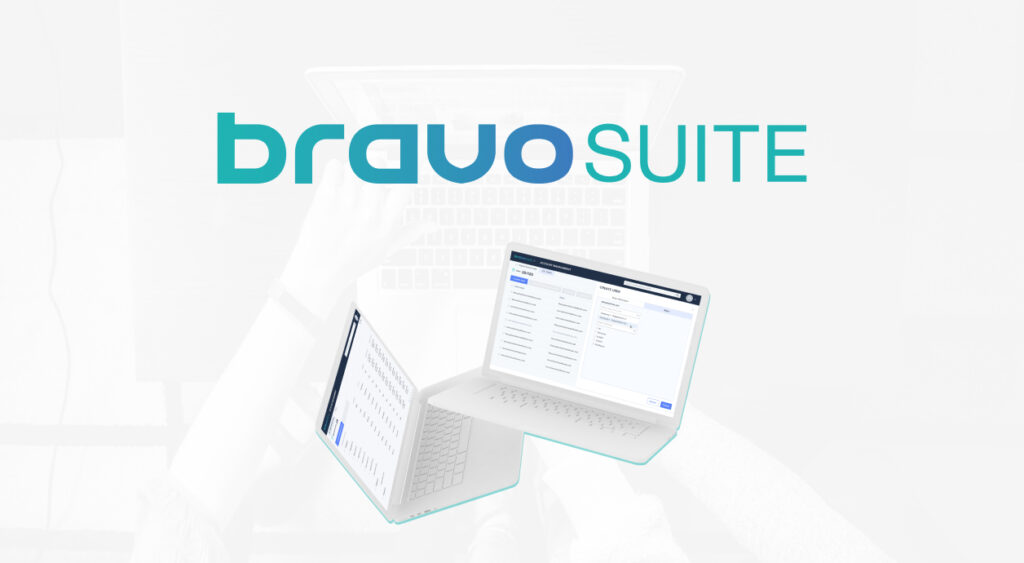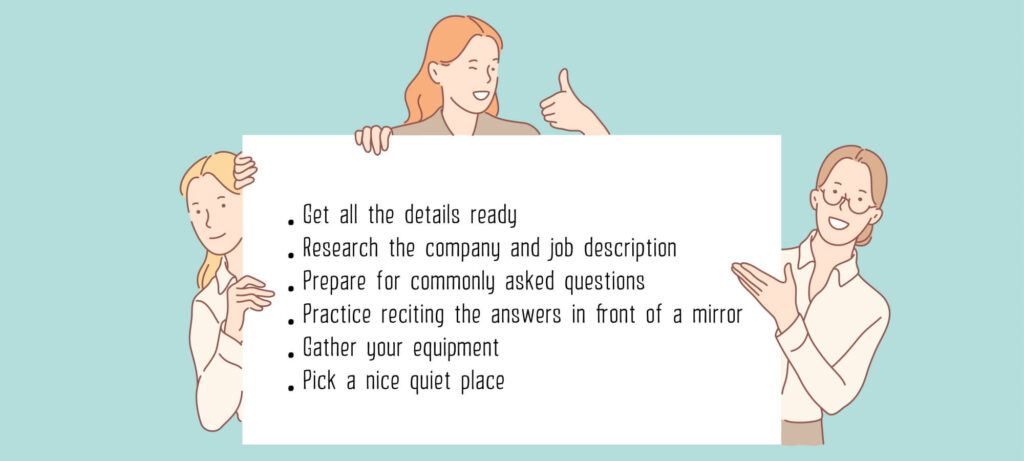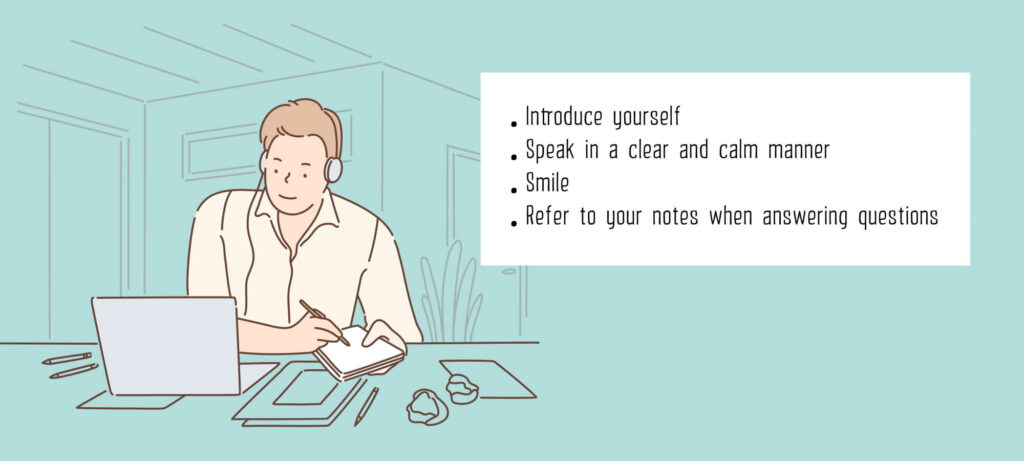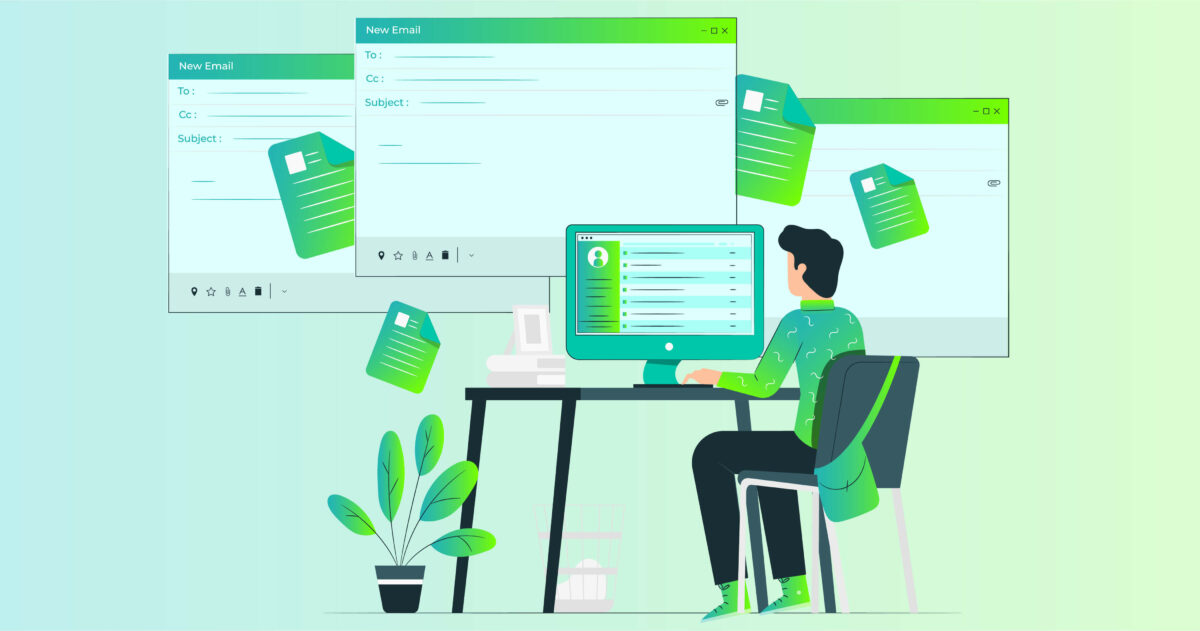Looking to fill an important vacancy but don’t have the time or resources to go through a lengthy recruitment process? Hiring an internal talent could be the perfect solution for you since it offers businesses of all sizes multiple competitive advantages. However, it is not that simple to conduct internal recruitment successfully. Therefore, this article will outline seven best practices for hiring internal talent efficiently.
What Is Internal Recruitment?
Internal recruitment is the process of hiring employees from within a company. This can be done by assessing the skills and talents of current employees and matching them to open positions within the company. Internal recruitment is an optimal recruiting method to hire employees due to several benefits it offers.
How Can You Distinguish Between ‘Internal Recruitment’ and ‘Internal Mobility’?
These two terms are sometimes mixed up with each other, but they have different meanings. Internal recruitment is when you find employees from within your company to fill a vacancy. Internal mobility, on the other hand, is about moving employees from one part of the company to another. Often, internal mobility is used to refer to promotions, but it can also include lateral moves or transfers.
Main Reasons Why Businesses Should Hire Internally?
As businesses strive to remain competitive, they often look to external sources for new talent. However, hiring internal talent can be just as beneficial for businesses. Here are some of the main reasons why businesses should prioritize hiring internal talent:
- Cost-efficiency: When businesses hire internal talent, it is more cost-effective. Recruiting and training external hires can be expensive, whereas hiring internal talent is cheaper as there is less or no need for training since the individual is already familiar with the company’s culture and systems.
- Reduced Turnover Rates: Hiring internal talent can help to reduce turnover rates. Employees are more likely to stay with the company if they are given an opportunity to go further on their career path right within the organization.
- Talent Retention: Internal hires are more likely to be retained by the company as they are already familiar with the organization’s culture and systems and have a vested interest in the company’s success.
- Improved Employee Morale: When employees feel that they have a chance to grow and develop their skills within the company, it can improve their morale and make them more productive.
- Easier to Assess Talent: It is easier to assess the talent of internal hires as you can see how they perform in their current role. This makes it easier to identify potential high-performers and promote them within the company.
- Increased Loyalty: Internal hires are more likely to be loyal to the company as they have been given an opportunity to grow and develop their skills within the organization.
- Nurture Future Leaders: In-house recruitment can help to develop future leaders within the company as employees who are successful in their current roles are more likely to get promoted.
- Increased Job Satisfaction: When employees feel that they are able to grow and develop their skills within the organization, it can lead to better job satisfaction.
- Better Succession Planning: Hiring internal talent can help to improve succession planning as in-house employees who are successful in their current roles are more likely to be promoted to higher-level roles within the company.
As long as you understand the advantages of hiring internally, we can move to the useful best practices of hiring internal talent efficiently.
Top 7 Internal Hiring Best Practices for Success
Internal hiring can be a great way to find top talent, but it can also be tricky. If you would like to make the most of your internal hiring process, follow these best practices for hiring internally:
Draw Clear Portraits of Your Ideal Candidates, Their Roles & Responsibilities
Before you start the internal recruitment process, take some time to define the roles and responsibilities of the position first so that you can decide further to hire external talent or someone within the company. Afterward, recruiters should work on a clear picture of the ideal candidates in terms of skills, experience, and personality. Doing this will help you focus your recruitment efforts and make sure that the best candidates are considered for the role. Based on the requirements and expectations, you can create a solid and well-defined job description and start to attract potential candidates within your organization.
Set Up a Recruitment Process That Is Transparent & Equitable
When recruiting internally, make sure that the process is transparent and equitable for all candidates. This means that the process will be fair and unbiased and that all candidates will be given an opportunity to interview and be assessed against the same criteria. You can also use a scoring system to compare candidates and make the best decision for the company. Remember to keep the selection process confidential to avoid any potential conflicts. The better your internal recruiting process is, the more likely you are to find the best talent within your organization.
Make Use of Existing Networks
The next step to attract internal talent is to inform all the employees in the company about the job opening and stimulate them to apply. One way to do this is by making use of your company’s networks. Talk to managers, colleagues, and other employees to see if they recommend anyone who may be a good fit for the role. At the same time, you should encourage employees to spread the word about the job opening and promote the opportunity to their contacts. You can also post the jobs on the company website or internal social media channels specifically for the recruitment drive. This will help you reach more potential candidates quickly and easily.
Use Assessment Tools to Evaluate Candidates
Once you have a great pool of qualified candidates, it’s important to use the right assessment tools to evaluate them before moving forward to an interview. This will help you to compare them against each other and make the best decision for the company. So, test your candidates as much as necessary. There are many different types of assessment tools available, such as personality tests, skills assessments, or aptitude tests. Choose the ones that suit the role and use them to assess candidates’ abilities.
Conduct Fair Interviews & Reference Checks
After the candidates have been assessed, it’s time for the interviews. Make sure that the interviews are conducted fairly and that all the candidates are given a chance to answer the same questions. Don’t forget to enrich the interviewing queries with competency-based and problem-solving questions that will help you assess the candidates’ skills and experience thoroughly. Finally, reference checks are essential to verify the candidates’ qualifications and to get more insights into their past performance.
Make a Decision & Communicate It Clearly
After all the interviews and reference checks have been conducted, it’s time to make a decision. Evaluate all the information collected and choose the best candidate for the role. This may take some time, but it’s important to make a well-informed decision that will benefit the company in the long run. Once the decision is made, ensure to communicate it clearly to all the candidates. Thank them for their time and let them know that they were selected for the role or not.
Build & Maintain a Strong Talent Pipeline
A strong talent pipeline is a key component to success for any organization. By building a talent pipeline, you are ensuring that you have a pool of qualified candidates ready to fill future roles within the company. This will be beneficial for the internal recruitment process in the long run as you will have a pre-screened pool of candidates at your finger to choose from anytime a role becomes available. One best way to build a talent pipeline is by identifying potential candidates early on and nurturing them through the recruitment process. You can also do this by promoting the company culture and values, offering development opportunities, and maintaining good communication with internal talent.
The Benefits When Including bravoSUITE in Your Internal Recruitment Process
BravoSUITE is an all-in-one platform that enables employers to optimize all HR processes to the fullest with useful features. When it comes to internal recruitment, bravoSUITE can also offer several benefits, such as:
- Understand Your Employees Better: With bravoGROWTH – a personal reflection tool, employers are able to fully explore the true potential and motivation of their employees. This can provide you with all the useful insights for hiring internally or for promotion.
- Make Data-driven Decisions: bravoSURVEY enables you to build customized surveys easily to gather influential business data from your staff. This feature can help employers make informed decisions in the recruitment processes, including both internal and external. Moreover, conducting surveys is also a useful method to boost employee engagement in your company.
- Identify and Retain Right Candidates with Ease: bravoTALENT buys employees all functions to profile and display their interests, skills, and values so that the recruiters can access, evaluate and approach for internal hiring.
Conclusion
While these seven best practices for hiring internal talent are a great starting point, remember that each company is unique and will require its own tailored approach when recruiting internal talent. By spending the time to understand your company’s specific needs and implementing the right recruitment strategies, you shall find the perfect fit for your next open position within your organization.




























